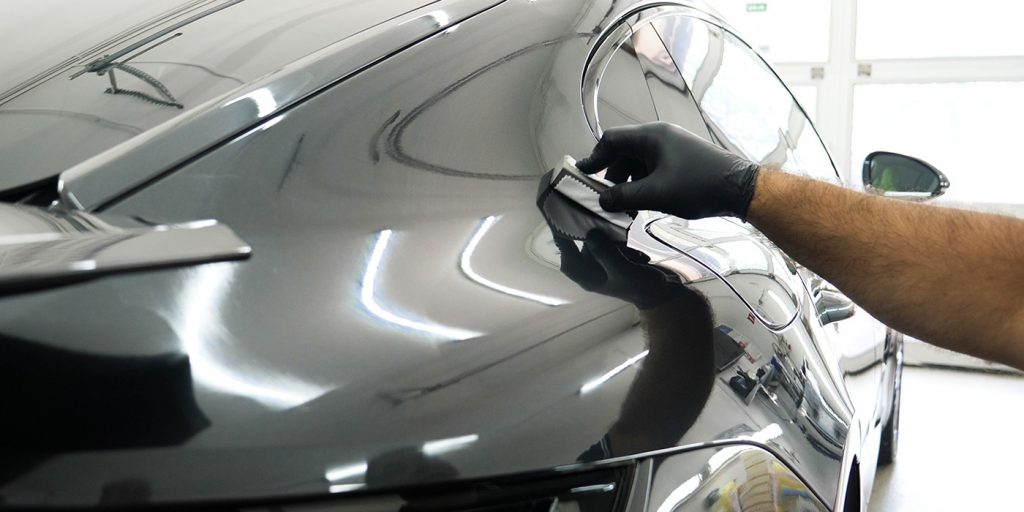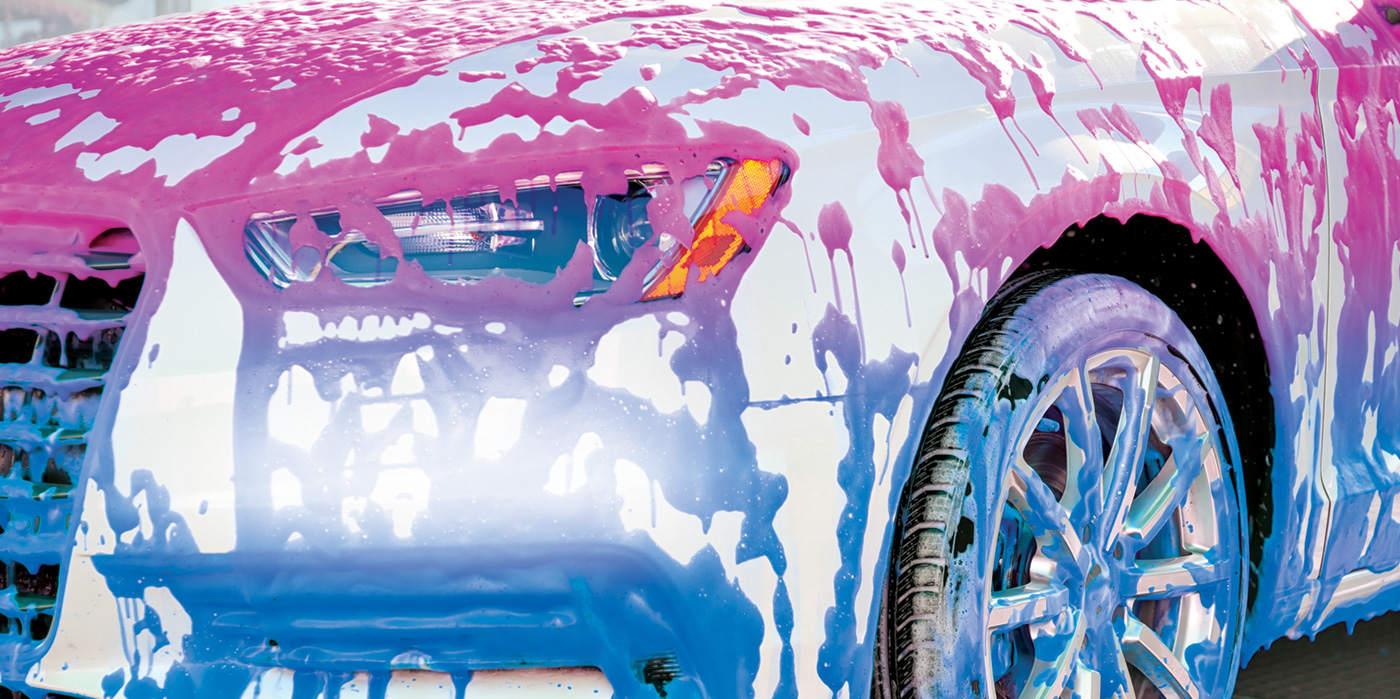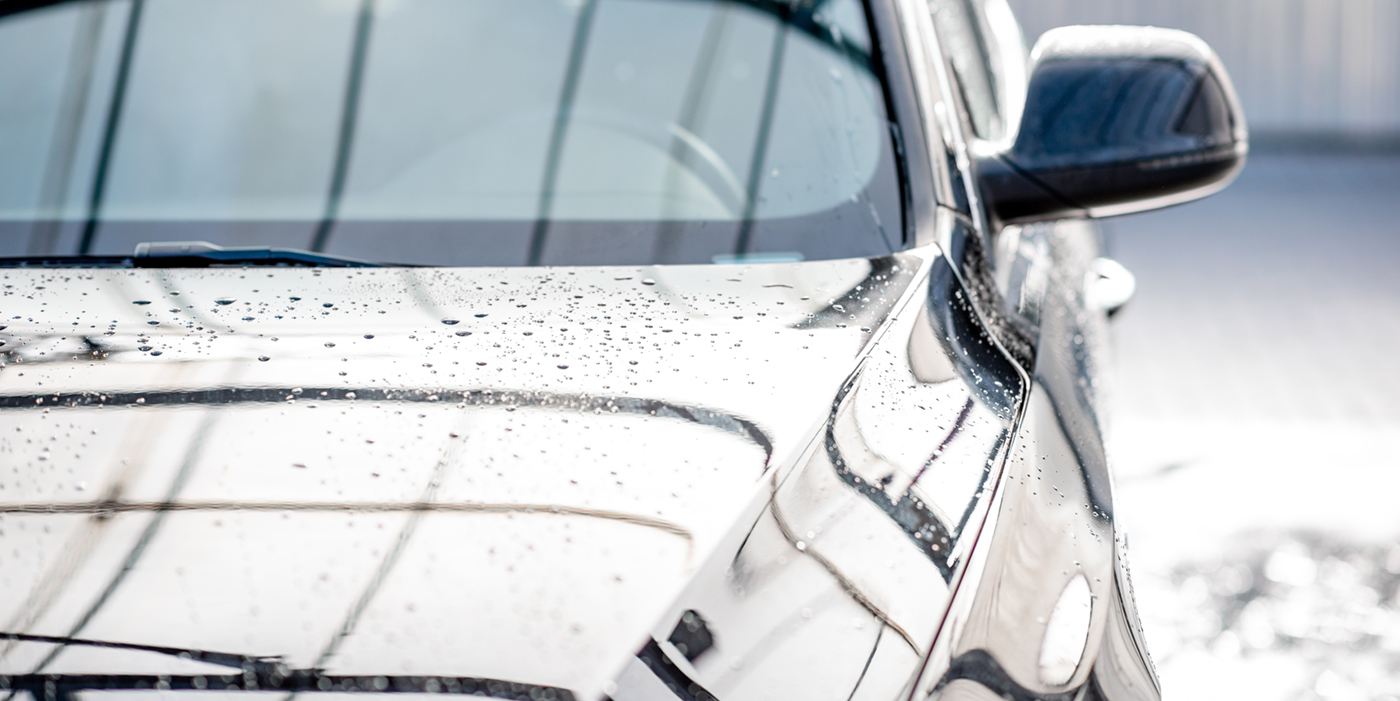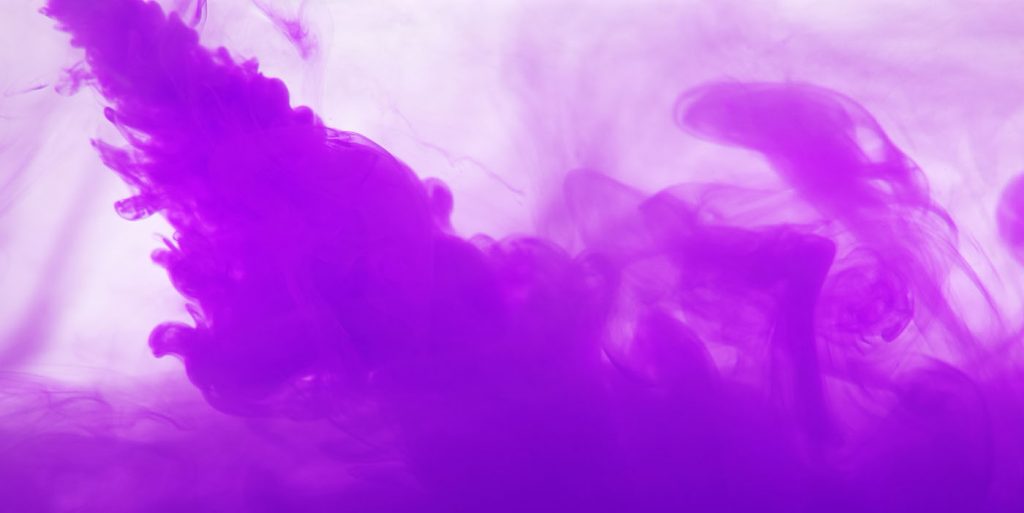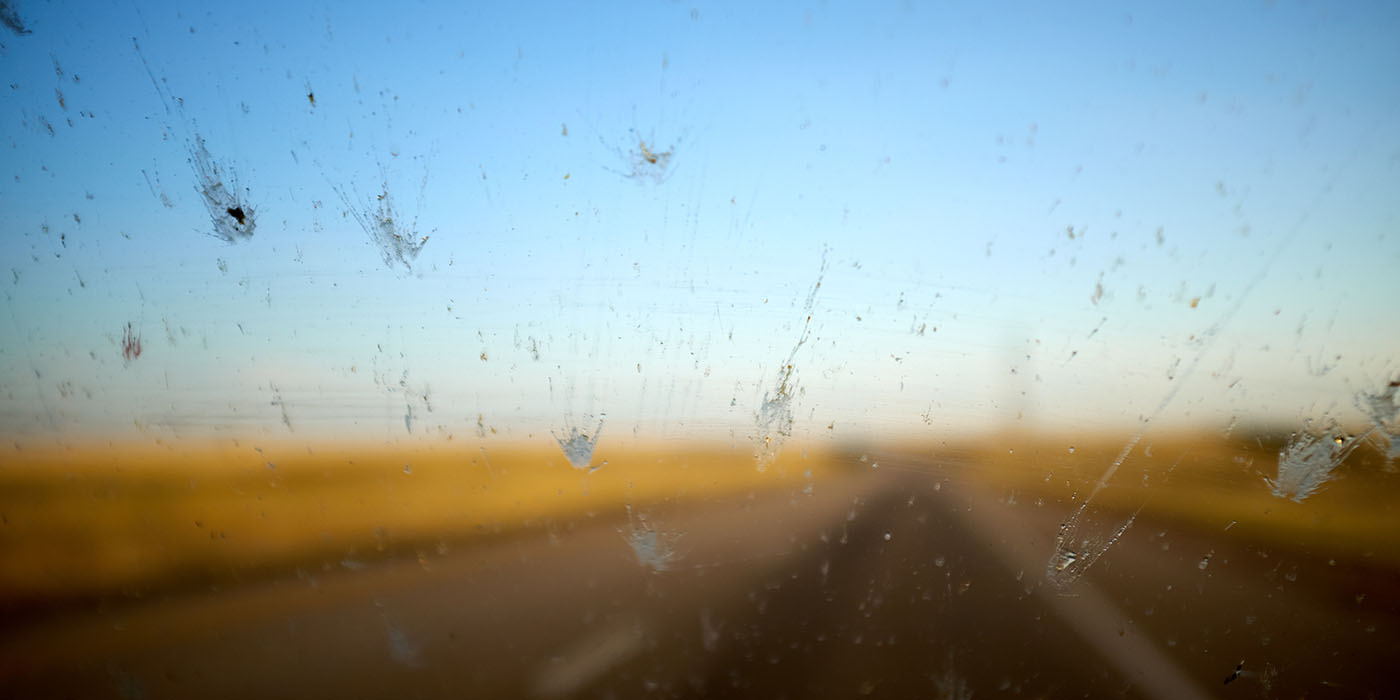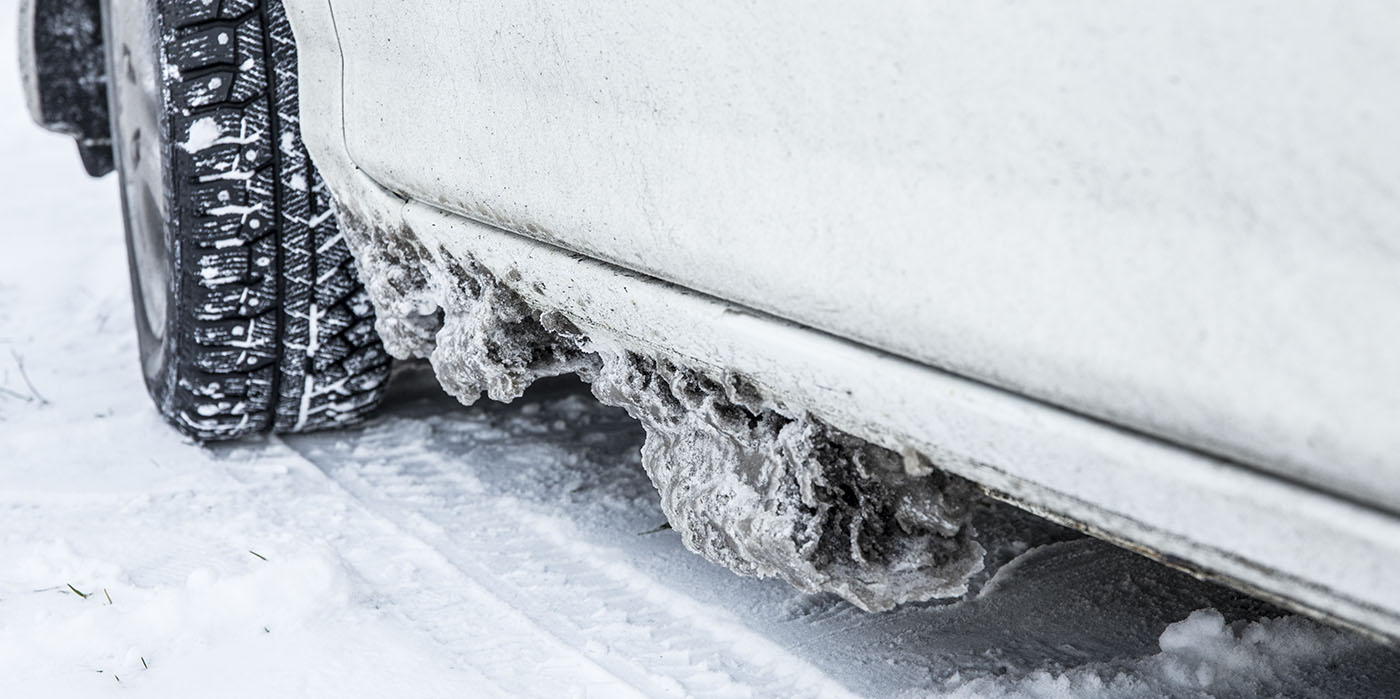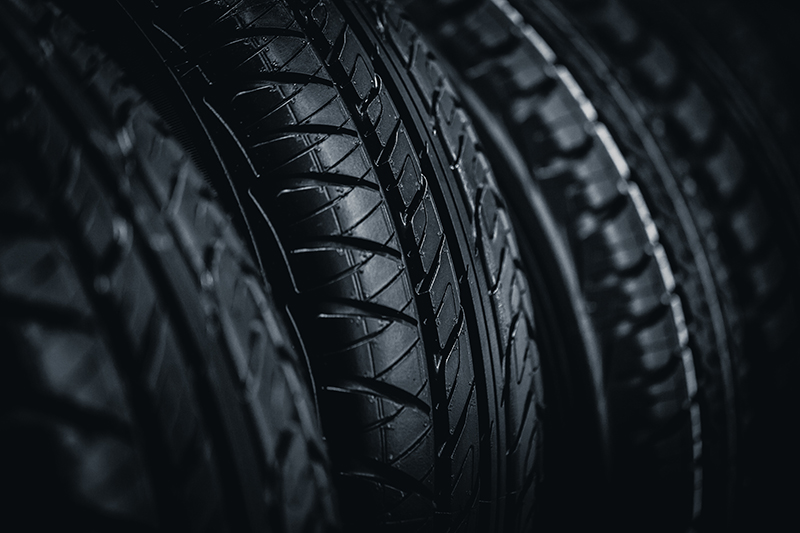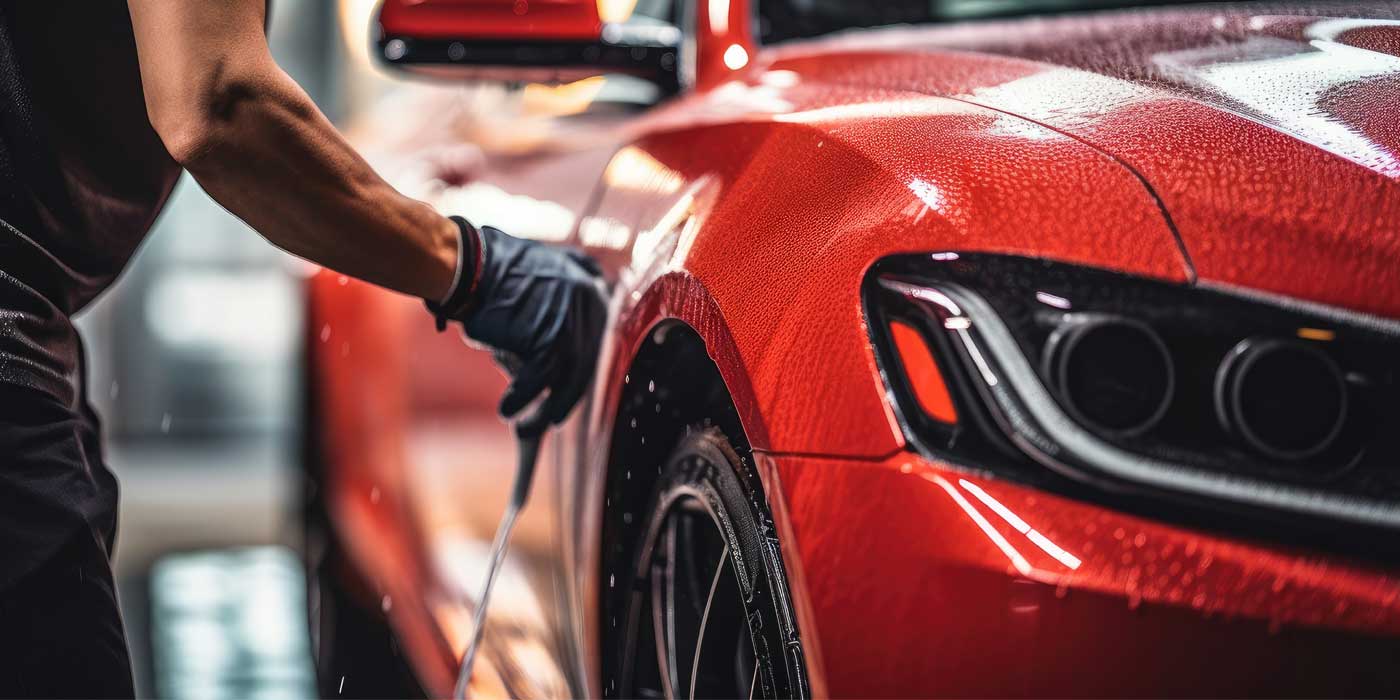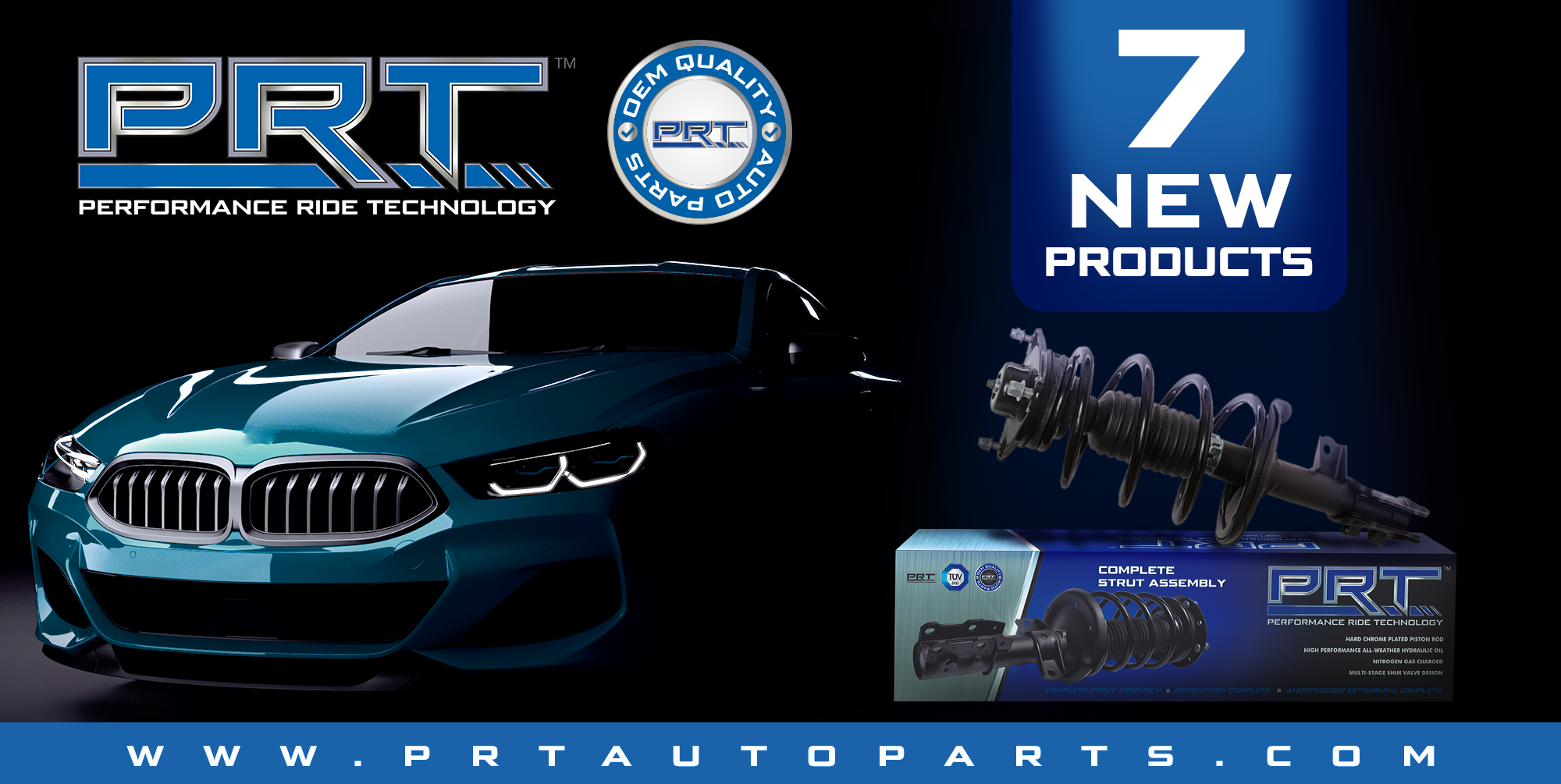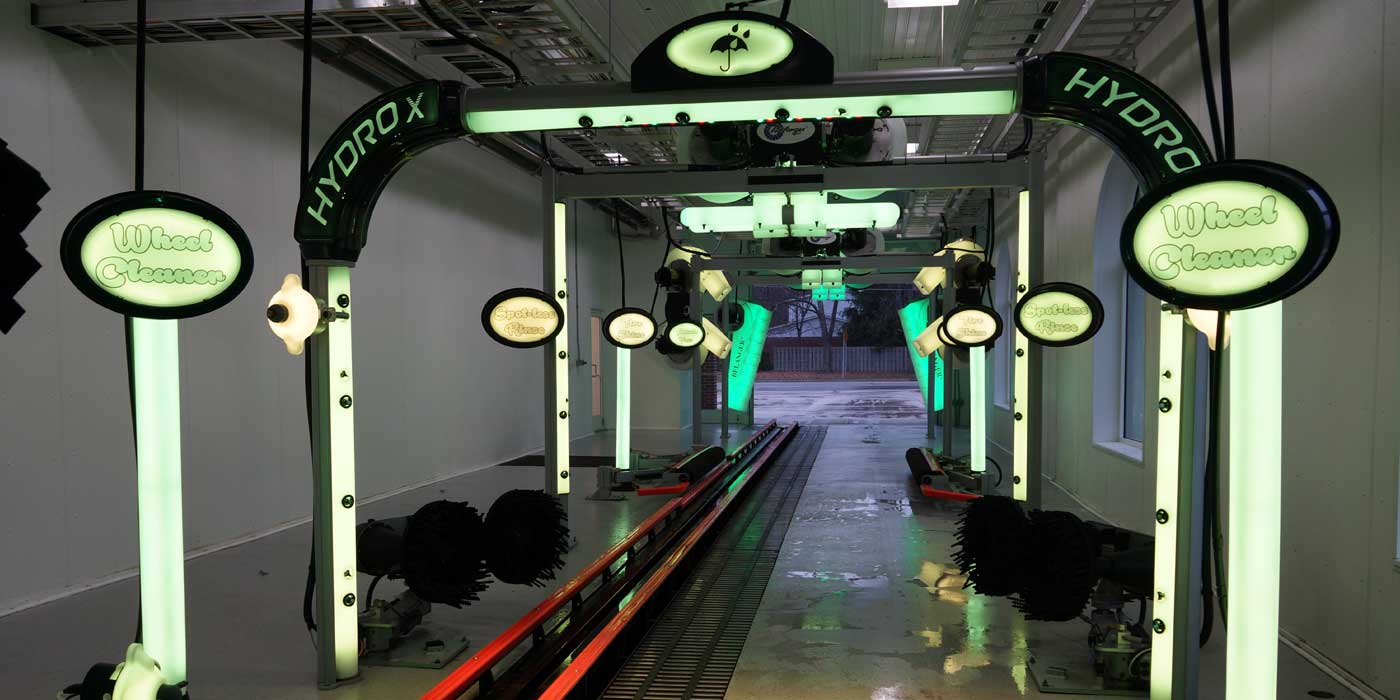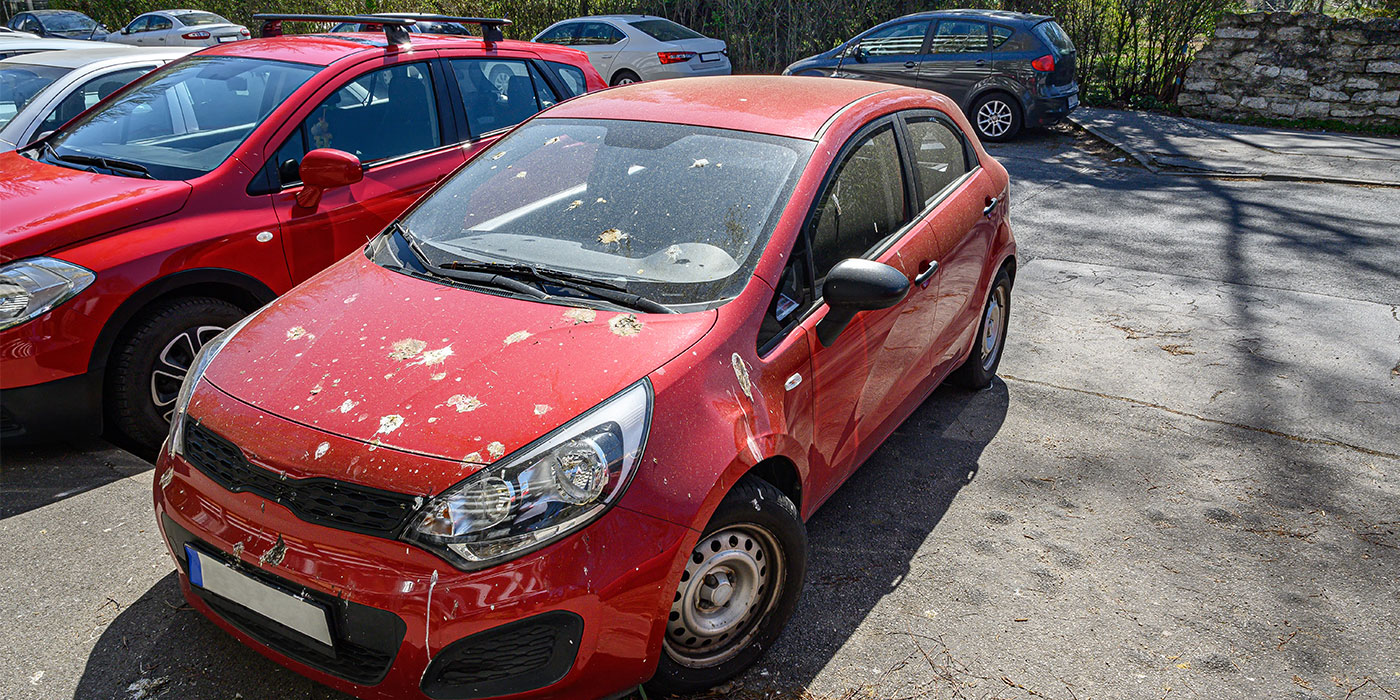Much like automated carwashing, the modern vehicle assembly processes developed by automotive manufacturers allow amazing production speeds and supreme efficiency. As part of this manufacturing maturation, the materials and technologies utilized to build vehicles have changed greatly. One area of noted evolution, especially for the car care industry, involves the paint and finish technologies used by vehicle manufacturers.
The best products for optimal paint protection have changed as these surface finishes have matured. Thus, learning what protection products offer carwash customers superior results at the most attractive price point can be a difficult task for operators. Thankfully, there is plenty of information available concerning the variety of modern paint protection options, including ceramic coatings. Find out some of the best carwash paint protection practices from industry experts and gain knowledge about successfully selling these upgraded services.
Positive protection
Breaking the process down, today’s popular paint protection products react and generate a film on vehicle surfaces, according to Bill Blair, owner of Blair Ceramics. The product bonds to the clear-coat reactive sites and cures to a glass-like state at ambient temperatures. The crystalline films that are formed retract during cure and harden to provide a degree of scratch and mar resistance. The covering is also fairly chemically inert, lending to a combination of beading and sheeting of water that, in turn, creates a self-cleaning effect for the vehicle.
“Ultimately, this allows the vehicle to be more maintenance friendly and easier to clean and protect with subsequent washings with the same material — an additive effect,” Blair explains.
The principle of modern wax and paint protection products is often based on applying silicone-based, charged polymers that attach to vehicle surfaces, resulting in a layer of protection, states Stuart Hulsey, technical services manager with Zep Vehicle Care. The vehicle surface is predominantly negatively charged, and this phenomenon is used as an advantage by developing car care solutions that adhere to this charged surface using an oppositely charged “benefit material.” In addition, a wash can deposit several new benefit materials to the vehicle surface, which provide a wider range of benefits, such as UV protection, deeper shine and a smooth after-treatment feel.
Today, waxes and paint protection are especially essential for protecting finishes, notes Richard Wells, regional manager of the southeastern U.S. with Cleaning Systems Inc. The products create a barrier between the external environmental fallout and the exterior of a vehicle’s finish. As vehicles generally encounter more of these synthetic and naturally occurring harmful triggers that affect their exteriors, protection products definitely need to be applied regularly.
Related: Carwash chemicals 101
Developing products
Discussing the evolution of protection products, Wells reveals that modern vehicle finishes may include many different matte finishes, polymers and resins that simply were not used a decade ago. As the environmental laws and regulations that govern what can be used to paint vehicles have constantly changed, the protection products have also changed with them.
“The science behind spray-on protection products has shifted into more advanced chemical technology, including polymer combinations and quaternary ammonium compounds to provide a lasting molecular bond of protection from all types of elements,” Wells says.
Blair points out that, over the past decade, chemistry has rapidly progressed beyond the basic protection offered by such raw materials as mineral seal oil, carnauba emulsions, cationic emulsifiers and silicone fluids. There have been advances in each of these categories. Presently, there are a myriad of new offerings in emulsifiers, which in their own right produce a great combination of beading and sheeting. New fluids, resins and novel additives have been creatively engineered as well to garner advanced performance for those that are able to recognize the benefits and marry them with proper manipulation of engineered machinery. In short, the whole system has been studied and improved to such a point that tweaks made to any one part have to consider the ramifications to the whole process.
According to Hulsey, most paint protection products previously were a mineral-oil-type coating, and these evolved into polymer-based coatings. Over the last decade, however, polymer-based coatings have advanced into silicone-based ceramic coatings, carnauba-based wax-type coatings and even patented multi-cross-linked, silicone-based formulations. Over time, specific tailor-made ingredients and materials have been included to deliver meaningful benefits and improve overall protection, performance and durability.
Covering ceramics
Currently, ceramic paint protection offers the most state-of-the-art preservation that modern chemistry can provide. This service lends itself to better drying, greater shine, slicker feel and more durable finishes, Blair states. Additionally, to those at the leading edge of the science, the formulations are capable of generating this protection at higher dilutions than previously thought possible and are still capable of foaming at those dilutions. Ceramic paint protection requires fewer active ingredients to generate a superior effect, and as a result, there is enough room within the formulations to garner further dilution. Therefore, profitability comes with a lower cost per car on average.
Wells notes that ceramic “infused” coatings are what the carwash industry is currently utilizing. True ceramic coatings, when applied correctly in a detail or body shop — in a dry environment with proper curing time — help to fill in the tiny “pores” that exist in a vehicle’s finish. The ceramic coating provides a long-lasting barrier between a vehicle’s surface and the harmful environmental fallout and everyday friction occurrences. The infused version of these products used online in the carwash industry relies on several added elements in order to provide the performance aspects of hydrophobicity and surface leveling.
With the success that the detail industry has had recently promoting the new ceramic coating concept, it was only natural that the carwash industry would learn from the success and follow suit, according to Hulsey. The ceramic seal protection treatment has quickly become popular, as it delivers clearly visible performance improvements in addition to more durable paint protection. The combination of complete surface protection — carnauba-based shine waxes and a ceramic seal — deliver a unique blend of protection, performance, durability and visual appeal.
“The ceramic seal applications have enabled operators to reposition their top wash packages and drive more traffic towards higher performance and higher-value applications,” Hulsey continues.
Ensuring the best
When it comes to paint protection best practices, Wells recommends always using a quality product for the service. If the product does not provide a noticeable difference, many customers will be less likely to purchase it again in the future. Further, decide on the best approach to build value around this service for the customer, whether that is presenting it à la carte, adding a new top package option or a combination of both.
Next, market the new service so that it is visible to customers while they are on-site as well as to potential customers from the street, if possible. Wells states that social media posts, LED light displays, specialized tunnel applicators, confirmation signs and detail shop banners are some of the ways that successful operators have promoted the addition of these new products to their service offerings.
Hulsey suggests that operators make sure the entire wash process is balanced, with the right level of attention and emphasis given to the initial cleaning and preparation of vehicle surfaces. It is key to have a well-cleaned vehicle before providing any additional benefit agents to its surfaces. Operators can imagine that any dirt left behind could be “sealed in” by protectants, waxes and sealants.
So, operators should work to deliver the exceptional final results that are promised — day after day, time and time again. A wash should consistently deliver top performance, because the customers that choose the top wash packages rightly expect a stunning result that will last, Hulsey notes. Consistently delivering this top quality will truly satisfy all customers and motivate them to return to a wash location.
Another recommendation from Hulsey is choosing the right chemical provider. The most valuable partner will offer the best products that are known to deliver consistent quality. “For the best possible result, it is key to use that synergistic combination of products,” Hulsey explains. “By layering the complete surface protectant, shine-enhancing waxes and professional ceramic seal, you will ‘wow’ your customer and provide that superior, lasting quality finish to their cars.”
Wash performance is also an important marketing consideration. The best way to market a wax or protection service to guarantee increased profitability is to make sure the new product application delivers an outstanding and clearly visible, improved performance, Hulsey states. The service also needs to work well in the overall product lineup presented at a wash site.
“Although the products used today have better protection and shine, they are a superficial film. They should be reapplied to maintain the protection and shine the customers are looking for,” Blair concludes. “Washing a car on a regular basis is always a good practice. I feel that a customer should wash his or her car before and after any kind of storm. This will help to maintain the film that has been layered on the surface of the vehicle.”
Mark Martin is a freelance contributor.
Be sure to check out our Carwash Connection video on carwash and detailing ceramics below.

